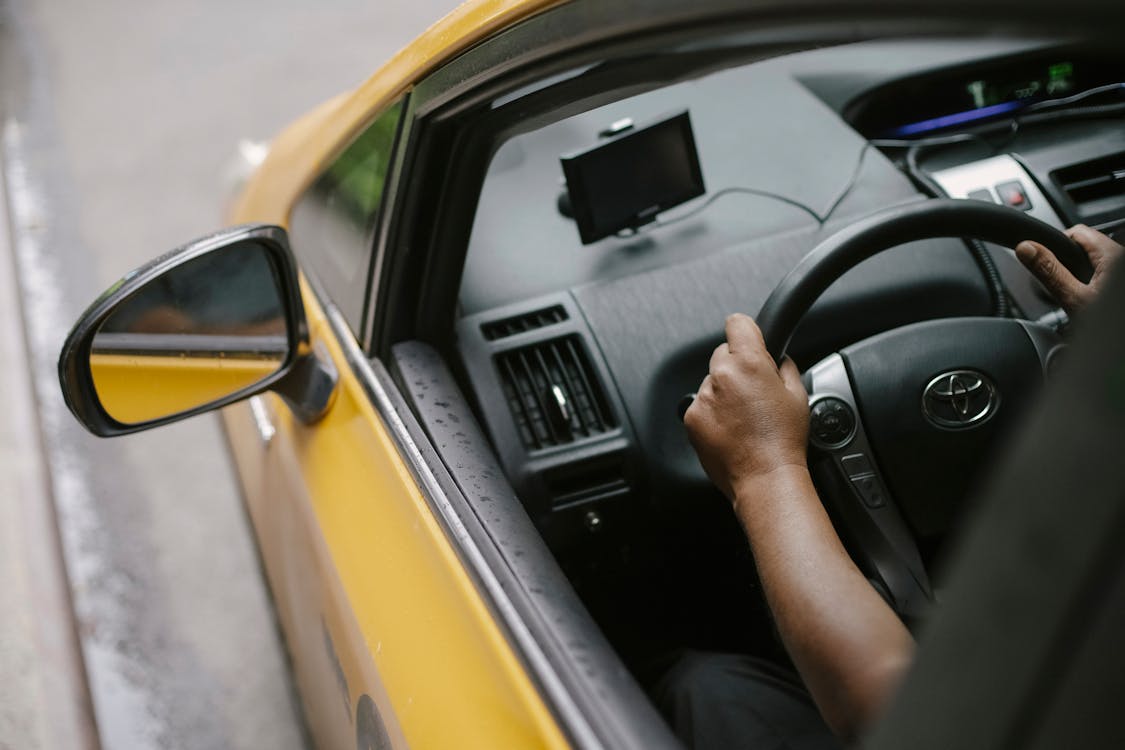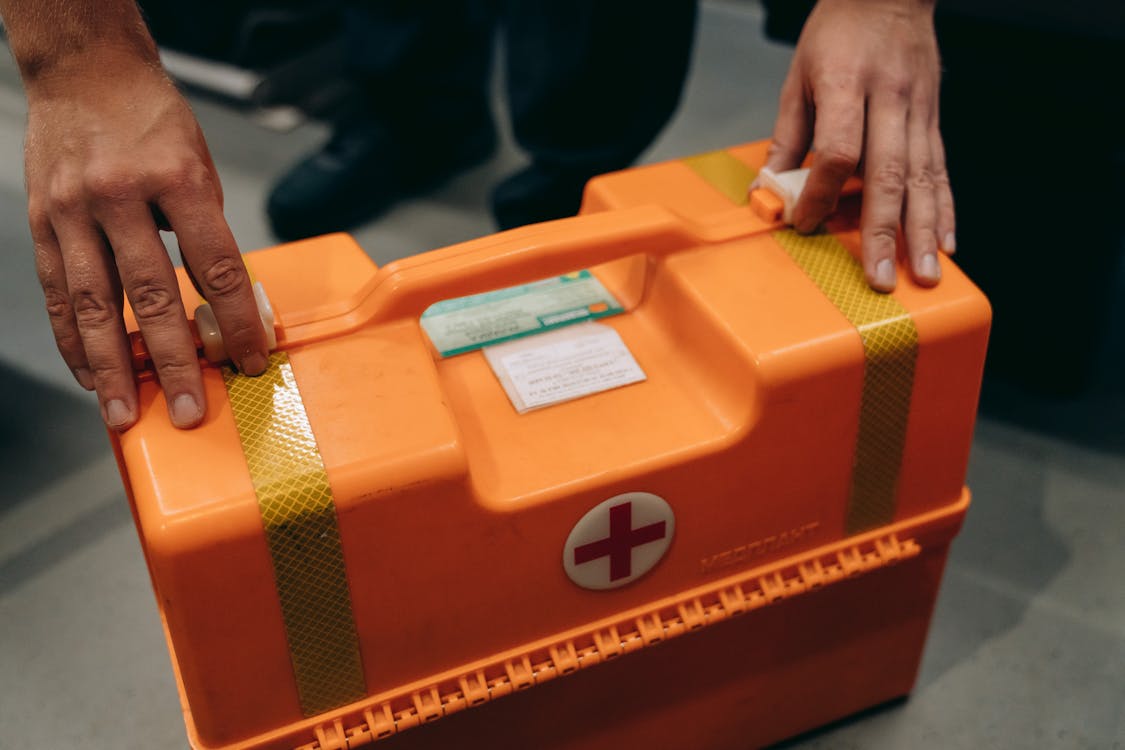In-depth introduction to car safety
Driving safety is a fundamental concern that requires constant vigilance and adaptation to protect all road users. Given the ongoing development of modern vehicles and the dynamic changes in road conditions, the integration and use of safety accessories in cars is becoming increasingly important. This section provides a detailed introduction to various aspects of car safety and highlights the importance of safety accessories.
Importance of car safety
Car safety refers to preventive measures and equipment aimed at preventing or mitigating the effects of traffic accidents. This includes a combination of technical precautions in vehicle design, safety-oriented driving practices, and the use of safety equipment. The primary focus is on accident prevention and minimizing injuries and damage should an accident become unavoidable.
Historical development
The evolution of car safety is a story of continuous improvement and innovation. From the first seat belts and airbags to today's advanced driver assistance systems, car safety has continuously evolved, driven by research findings, accident analyses, and legal requirements.
Passive safety systems
Passive safety systems such as airbags and seatbelts provide protection in the event of an accident. They are designed to mitigate the effects of an impact and thus protect the occupants. The continuous development of these systems contributes to significantly reducing the risk of injury.
Active safety systems and driver assistance systems

Active safety systems such as the anti-lock braking system (ABS) and the electronic stability program (ESP) help prevent accidents. In addition, modern driver assistance systems such as lane keeping assist and emergency braking assist provide additional support by actively assisting the driver in critical situations, thus helping to avoid accidents.
Rear view camera

Rearview cameras are an important component of modern car safety systems. They provide drivers with a better view of the area behind the vehicle, which is often difficult to see. Rearview cameras help prevent accidents when reversing, especially in tight or confusing situations, such as parking or exiting a driveway. These cameras activate automatically when reverse gear is engaged and transmit a live image to the dashboard screen. This allows for early detection of pedestrians, bicycles, and other obstacles, increasing safety for all road users. Modern systems often also offer guidance lines or distance warnings to further simplify and safer maneuvering.
Lane keeping assistant
The lane departure warning system uses a camera and sensor systems to detect lane markings and warn the driver or actively intervene if the vehicle unintentionally leaves the lane.
Collision warning systems
These systems monitor the area in front of the vehicle and warn the driver of an impending collision. Advanced systems, in conjunction with automatic emergency braking systems, can brake the vehicle independently.
Adaptive cruise control
Adaptive cruise control is an advanced vehicle feature designed to automatically adjust the vehicle's speed to traffic conditions and maintain a safe following distance from the vehicle ahead. It uses a combination of radar, laser, or camera technology to detect traffic ahead and adjust speed accordingly.
Unlike conventional cruise control, which simply maintains a constant speed, adaptive cruise control can actively change the speed to optimize traffic flow and avoid safety-related situations. If the vehicle ahead slows down or approaches your vehicle, the speed is automatically reduced to maintain a sufficient distance. As soon as the traffic situation eases or the vehicle ahead accelerates, adaptive cruise control adjusts the speed accordingly.
Blind Spot Assistant and Traffic Sign Recognition

These systems provide additional safety by monitoring blind spots and detecting traffic signs to inform the driver of current traffic regulations and adjust driving behavior if necessary.
Tire pressure monitoring systems (TPMS)
Tire pressure monitoring systems play a crucial role in vehicle safety by informing the driver about the current tire pressure, thus contributing to the stability and efficiency of the vehicle.
Dashcams
Dashcams are small cameras mounted on the windshield or dashboard that continuously record the traffic in front of the vehicle. They serve as objective witnesses in road traffic and provide clear, impartial documentation of all events while driving. In the event of an accident, dashcam footage can provide crucial evidence that helps clarify the circumstances of the accident, questions of liability, and insurance claims. Using dashcams can therefore not only contribute to your own safety but also support legal disputes later on by providing clear evidence of what actually happened on the road.
Emergency equipment and first aid

Having emergency kits and first aid kits is crucial, not only required by law but also life-saving in an emergency. These kits contain important medical supplies and tools to provide adequate first aid in emergency situations. These include bandages, disinfectant, scissors, triangular bandages, and much more. A well-stocked first aid kit allows people to provide immediate assistance before professional medical support arrives. This is especially important because quick responses can often mean the difference between life and death. Therefore, keeping emergency kits and first aid kits available in places like workplaces, schools, vehicles, and homes is not only required by law but also a responsible and life-saving measure.





































